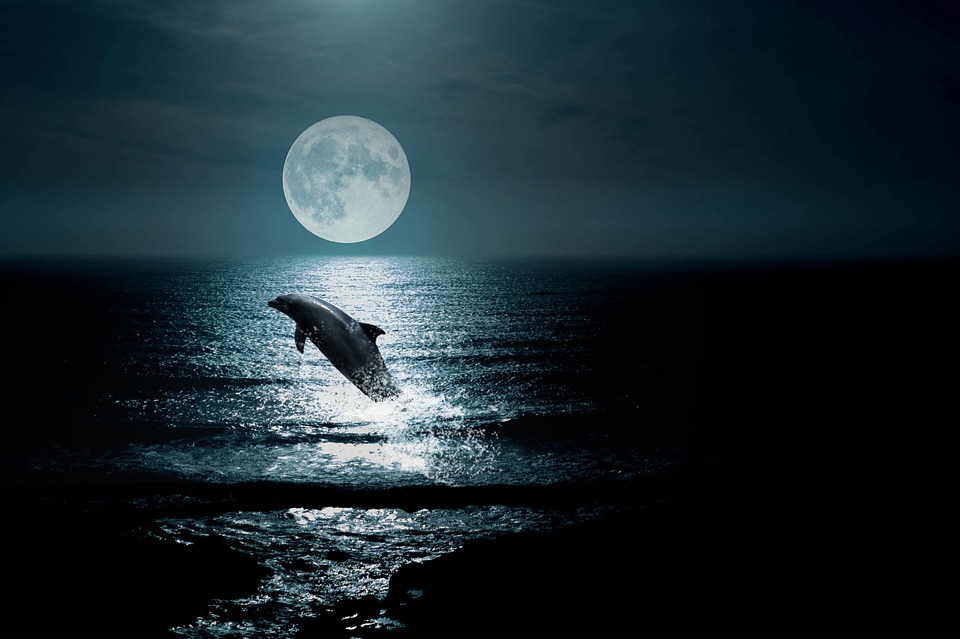By Andrew Atkinson
Dolphins face one of their biggest threats of survival in the Mediterranean – following a deadly virus returning.
Morbillivirus – a pathogen – present in the nineties that claimed over a 1,000 dolphins, has been found present once again.
The cetaceans are a major danger to Bottlenose dolphins.
A new strain of the virus, that also struck in 2007 and 2011, was discovered in 2012, pinpointed from the Atlantic Ocean.
Since, Dolphins have been struck down with the virus in Valencia and in Sicily.
Scientists are baffled as to where the origin of Morbillivirus comes from. But researchers from the Oceanogràfic Foundation point to pollution.
Pollutants in the sea cause the dolphin’s immune system to weaken.
Consuelo Rubio-Guerri, Research Coordinator of the Oceanogràfic Foundation said the outbreaks occurred after levels of sea pollution rose.
Toxins are the main hypothesis, according to scientists.
The Mediterranean suffers from spillages from cruise ships, underlining the current high toxic levels.
The virus enters the respiratory tract, into the lungs, and brain, causing deathof dolphins. Neurological damage causes seizure.
Threats to cetaceans in the Mediterranean arise – due to overfishing – with a lack of food.
Investigations have discovered dolphins have been caught, via ropes, looped onto fins, then returned to sea.

Juvenile dolphins’ deaths occurred, after taking their mother’s milk, in viral epidemics that have occurred.
The dolphin species endangerment survival in the Mediterranean is of a grave concern.
“The vaccine is not viable, because if we develop it, the really difficult thing would be to give it to the animals.
“There are oral vaccines that have been used for wild boars, but it is much more complicated to apply this idea at sea,” said Rubio-Guerri.
Research and studies into how the virus acts will continue, with the hope to predict if there is going to be an epidemic, or to know how it will behave in the future.





